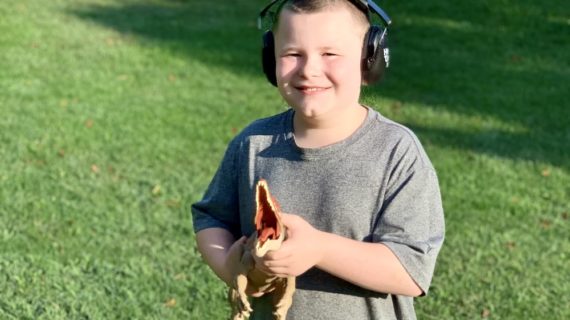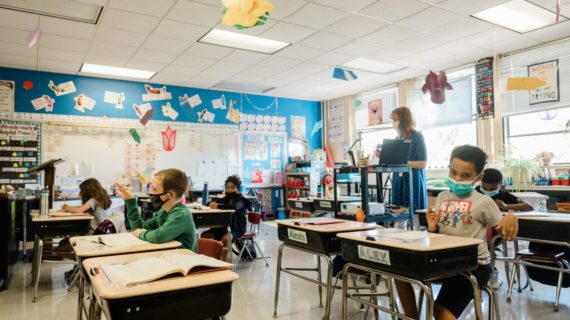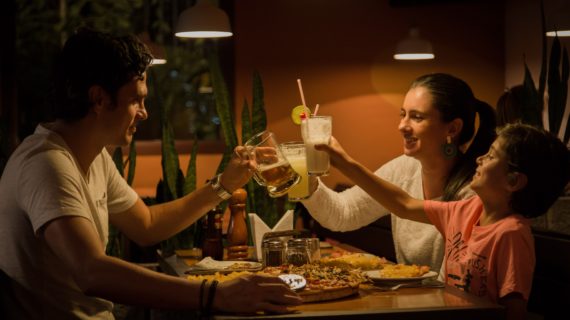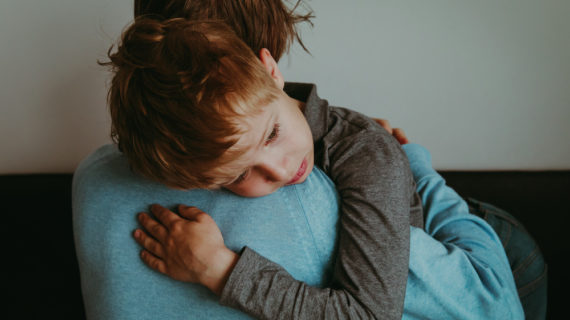
Bug bites, bumps, and burns. Keep outdoor play safe with these tips from AHN Pediatrics.
“I’m ready to relax and enjoy summer. But as soon as I sit down, a child yells for help. How can I keep my kids safe outside?
Every year, when summer hits, AHN Pediatrics doctors and clinicians prepare for calls from worried parents. Here’s how you can help your family stay safe, manage injuries, and know when to call the doctor.
Protect them from the sun
“Shade is best, but to be honest, people don’t go to the beach to stay out of the sun,” said Dr. Wendy Bacdayan of AHN Pediatrics. “You should use a broad-spectrum sunscreen, SPF over 30. Get your kids to wear wide-brimmed hats and lightweight cover-ups, and hydrate with plenty of water.”
It’s best to apply sunscreen all over the body, 30 minutes before going out, then every two hours; or immediately after swimming, towel drying, or sweating. Babies under 6 months should avoid the sun altogether, and sunscreen isn’t recommended for their sensitive skin.
For a sunburn, use a cool compress, aloe vera, or another moisturizer. In severe cases, children may feel sick, get blisters, fever, chills, or a headache. Call your pediatrician for advice.
Tiny tricky ticks
“Deer ticks are everywhere in western Pennsylvania,” said Dr. Bacdayan. “Examine your children after they’ve been outside. In grassy fields or the woods, everyone should wear long sleeves, long pants, and socks.”
Ticks are tiny, so look carefully behind your kids’ ears, in their hair, under arms, and behind knees — every time they come in from outdoor play. Learn how to remove, kill, and save a tick, in case it needs to be identified later. Ask your pediatrician if your child needs a single dose of antibiotics that may prevent Lyme disease, and report any fever, rash, or flu-like symptoms.
To discourage ticks and other bugs, use an insect repellent spray on skin and clothing. Mosquitoes are attracted to the colors red, orange, black, and turquoise, so try wearing green, purple, blue, and white clothing instead.
Virtual visits can ease worries
A virtual visit is a quick way to show a health provider what your child’s bee sting, rash, or bad cut looks like. “We can then determine if you need to come into the office, go to the emergency room, or continue treatment at home,” said Dr. Bacdayan.
AHN Pediatrics offers virtual visits with experienced clinicians, Monday through Friday, 4 p.m. to midnight, Saturday, noon to 8 p.m., and Sunday, 8 a.m. to 8 p.m.
More summer safety tips
- For cuts and scrapes, clean the area and get all the dirt out of it. Use a topical antibiotic and a bandage. If you think it might need stitches, call your pediatrician.
- For a possible sprain or broken bone, call the doctor or go to an urgent care provider who can take an X-ray and immobilize it. The next stop may be the emergency room.
- All children and adults should wear helmets when on bikes, skateboards, roller skates, or scooters.
- Trampoline accidents can easily happen when two kids bonk heads or knock out a tooth. Limit play to one child at a time.
- In the water, an adult should always be able to grab non-swimmers and kids under age 5. Remember, inflatable plastic floaties are not a life jacket.
“We all need to get outside and get moving,” said Dr. Bacdayan. “The bumps and bruises are just part of childhood. We’re here if you need us. Take care and have a great, safe summer.”
To get routine or urgent health care for children, call your pediatrician or AHN Pediatrics.









